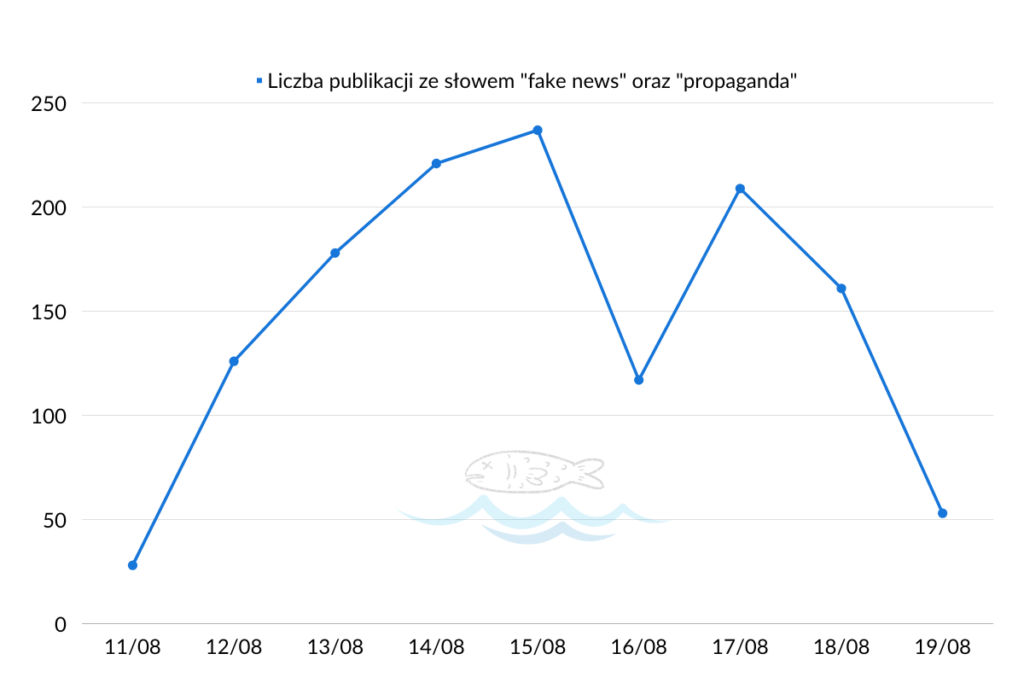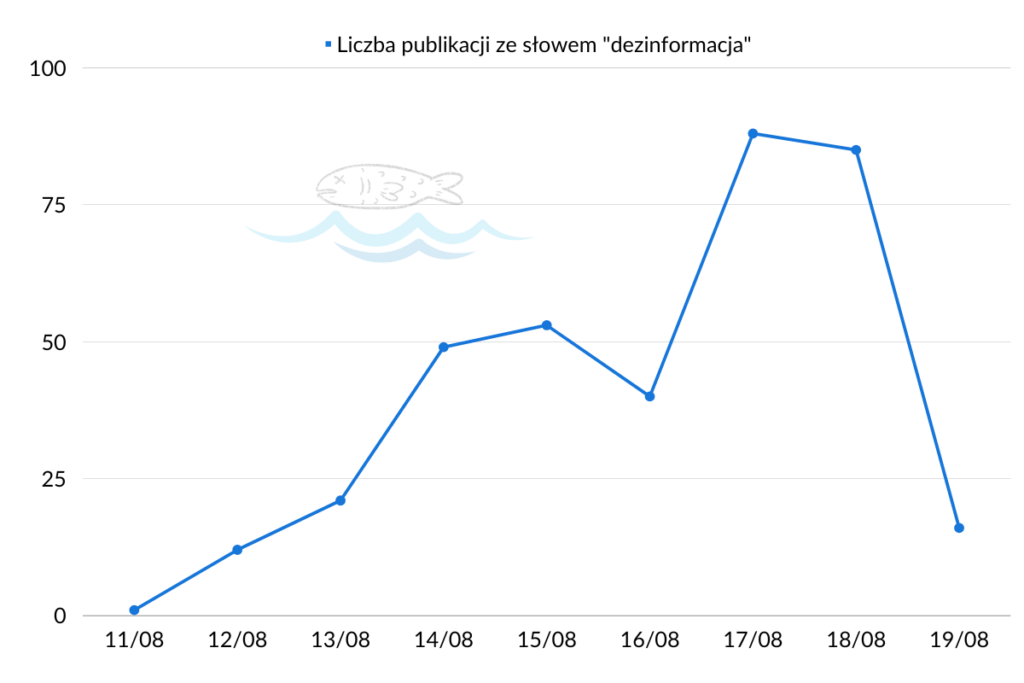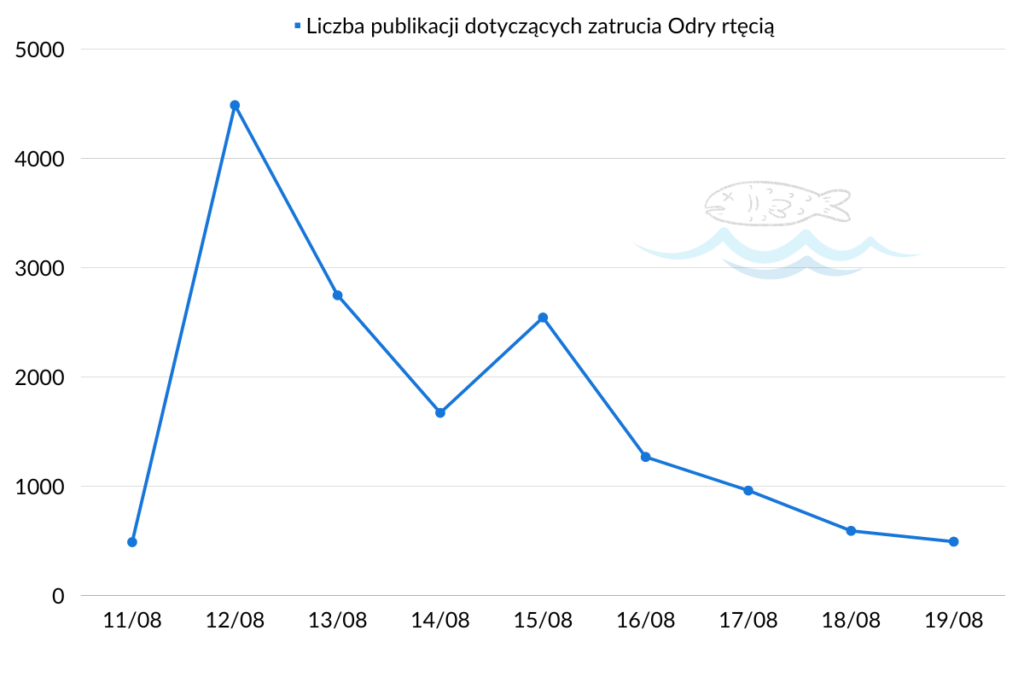Fake news as a tool of disinformation
Everyone – in private or professional life, reading about sports, politics or the environment – has come across incorrect information, which we will not classify as public expression of extreme views or deliberate ridicule of an absurd situation (this is a specific form of fake news in which the recipient is aware of inconsistency with reality , and the author does not try to camouflage the falsehood of the message; an example may be widespread memes). Sometimes it is a complete accident: the effect of a mistake, insufficient substantive preparation of the author before writing an article or comment. However, in most cases, we are dealing with intentional action.
What is fake news?
Fake news is associated with something untrue. This is a message that can surprise many people, because it usually creates a sensation using real people, public figures, situations that have taken place. To put it simply – fake news is a properly processed message aimed at convincing the recipient of its authenticity. May take the form of text, voice or video. The level of falsehood of the message can also vary: from minor irregularities, wrong context of the situation, to intentional misleading with a completely unreal course of events.
False information is not new. They have been accompanying societies for a long time. They were lies that could gain publicity by being passed on orally to the next person. The mass media has led to the possibility of reaching much larger groups. Using the influence on other people by manipulating the word has become one of the dishonest practices to achieve the intended goals. Mass media also made it easier to change details or make information more attractive. Fake news has become a disinformation tool.
Where can fake news appear?
Fake news can appear anywhere. Currently, the easiest and fastest way to increase reach or spread propaganda content is in social media. Quick sharing, often without verification, likes and stormy discussions in the comments make such information popular and after a short time a significant part of Internet users already know about it. Within a few moments, the publication spreads to other profiles, fanpages and social media platforms through comments from opinion leaders, politicians who want to show the opposition in a bad light, and above all, trolls or bots that, based on algorithms, direct the recipients’ attention to a specific, topic to be discussed. What’s more, the presence of fake news on the web, especially in social media, is almost permanent.
Fake news can be information that was accidentally posted on the web, but fell on fertile ground and was recognized by Internet users as worthy of attention. Unfortunately, mainly by those Internet users who are not used to verifying data and do not confirm the credibility of the author. There are situations when fake news is created by journalists themselves who have not conducted an in-depth analysis of the subject and their article is biased or absurdly biased. Because fake news is not only a short comment, but also a complex, longer publication that contains false information. Therefore, it can also appear on Internet portals or in traditional media (however, we meet them less often here). Despite this, their presence affects the decline in trust in the media (online and traditional).
In addition to unverified or false information published by the media, influencers and Internet users, websites are also created exclusively for creating and/or sharing fake news. The publication of this type of information may cause greater engagement of recipients than information published on proven portals and official fanpages.
What is the purpose of posting fake information?
Social media are the most popular sources of information. Internet users share opinions about products, impressions of services or travel, and also look for recommendations. Sporting and political events are also stormily commented on in social media. These are the areas where the most misinformation appears.
First of all, published fake news is aimed at evoking a specific reaction from the recipient, attracting attention and shocking. Underneath this superficial goal, there are often others: financial and economic. For example, catchy titles (called clickbait) are used to encourage the user to click on the link, and all redirects generate profits.
Another goal may be a specific social impact, e.g. polarization of views, or arousing hostility towards specific groups or environments. Fake news of this kind will probably concern information from the broadly understood world of politics and public space. These will be not only the behavior of people in key positions in the state, but also the actions of the opposition, lobbyists and organizations of all sectors. The topic of the entry will depend on the planned activities and the intended effect.
Unprecedented situations can foster confusion, change the perspective of action. Wtedy mogą pojawić się teksty, które zaprzeczają faktycznemu biegowi wydarzeń lub podkreślają inne kwestie, aby odwrócić uwagę od sedna sprawy. Z drugiej strony celem może być podsycenie konfliktu. Można to zrobić poprzez wyolbrzymianie okoliczności zdarzenia lub wagi słów, a także ukrywanie niektórych faktów.
However, not every piece of misinformation has been published in order to become fake news. Sometimes even a journalistic mistake can gain a lot of publicity and disinformation value.
Lying in the media can cause a lot of chaos and definitely blurs the perception of reality. As a result, disinformation, strengthening disputes and social divisions are becoming commonplace.
Which topics can be the basis for fake news?
Information from every area of life can be a source of fake news. Although, above all, these will be those important for a given group or the whole society. Less popular topics are not as popular in the media. The last widely commented topic was the poisoning of the Oder River in Poland. Undoubtedly, this is a topic that has attracted the attention of citizens, the opposition, local authorities, social activists, activists, ecologists, etc. Due to the amount of unknowns and unclear situation, it is easier to make unproven theses or misinterpret public opinion.
Based on Newspoint data, on Twitter alone, between August 11 and 19, there were as many as 1,330 entries regarding the detection of mercury in the Odra River with the phrase “fake news” or “propaganda” (the search included variations by chance), with the most appearing on August 15 (237 entries).

The number of entries also includes comments negating specific (also true) information. Internet users may overuse phrases and call fake news an entry inconsistent with their views, and expressing opinions by someone spreading propaganda. However, even one comment can trigger an avalanche of shares, posts and more comments, resulting in misinformation.
365 entries were published about the detection of mercury in the river with the word “misinformation”. The largest number of publications took place on August 17, followed by a day later.

Only comparing the above data to the total number of publications on this subject shows the pattern of disinformation emerging and introducing fake news to the network.
Within 9 days, a total of 15,254 tweets were published commenting on the mercury poisoning of the river. The most entries appeared on August 12. Another significant increase was recorded on August 15. The first publications concerned the preliminary results of water tests from the Oder River carried out by German specialists. The second increase was caused by the development of the situation, the increasing number of unknowns, as well as comments by the German minister and Polish politicians. After both increases in entries, the use of slogans in this context increased: fake news, propaganda, disinformation. On this basis, it can be concluded that identifying information as fake news on Twitter occurs with a certain delay and develops in the days following the publication of entries.

How to protect yourself and your company from fake news?
Pay attention to what you read and watch and on which websites.
Fake news is often promoted by sites with names similar to major news sites. This is the first point worth paying attention to. In the case of social media, posts are shared by fake accounts. No friends, no post history or face photo are just some of the signals that may indicate fake user profiles. If you are unsure whether a very controversial piece of information is true, check whether other services provide it. If something surprising happens, the media should write about it.
The video image can increase the credibility of the message. Nothing more wrong! Deepfake is a method of transforming an image and sound in such a way that a randomly selected person says words that they did not actually use, or behave in a certain way that also did not happen. It can be used to create fake news.
Disinformation is based on the selection of such means to mislead the recipient by arousing trust. The danger is inconspicuousness. Fake news can be based on half-truths and only falsification of some information.
Turn on critical thinking
Fake news is often based on emotions, so it is disseminated much faster than published facts and factual information. Arousing certain feelings overshadows rational and analytical thinking. Then it is easier to believe in the external message. They can apply to public figures as well as companies or brands. Currently, it is very easy to have an image crisis and undermine the company’s value. Lost trust may not be regained. For this reason, it is important to react quickly to any false information. How to get it?
Use media monitoring
Too much information, too many stimuli and a constant lack of time can make it impossible to carefully check sources of information, read non-stop posts in social media and search for them on other portals. This also applies to information and data shared on company fanpages. It is worth using the automation of data collection. Media monitoring collects data in one place, and the use of daily e-mail alerts directly provides us with information whether a given topic appears on many portals, is commented on by many radio and TV stations or press titles. Whatever appears in the media about your brand – you need to know about it! Also positive and true information can be described in the media as fake news. A quick response is then required. Lack of rectifications and direct information sent to customers can affect the business position and generated revenues. Try the Newspoint panel and see how media monitoring will affect your business.
The universality of the media has meant that disinformation will continue to accompany us. That is why the trust of recipients of your products and services is so important. In the media, you can stand out from the crowd by the quality of published information, unquestionable values and the speed of reaction, both to positive and negative comments. The prevalence of fake news has become one of the huge challenges facing all entities: public administration, organizations, enterprises, as well as individual people who are present in the public space.